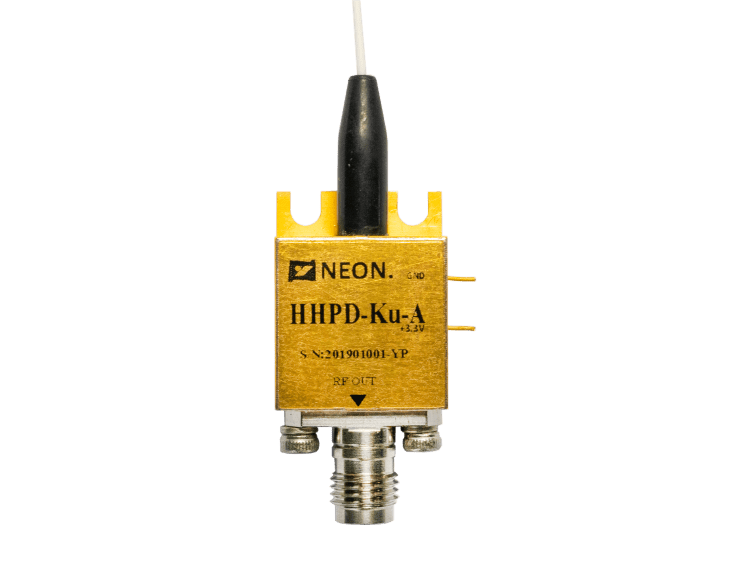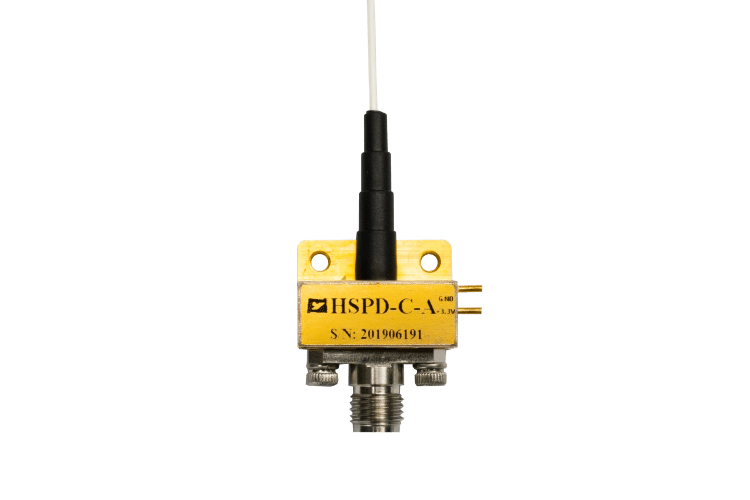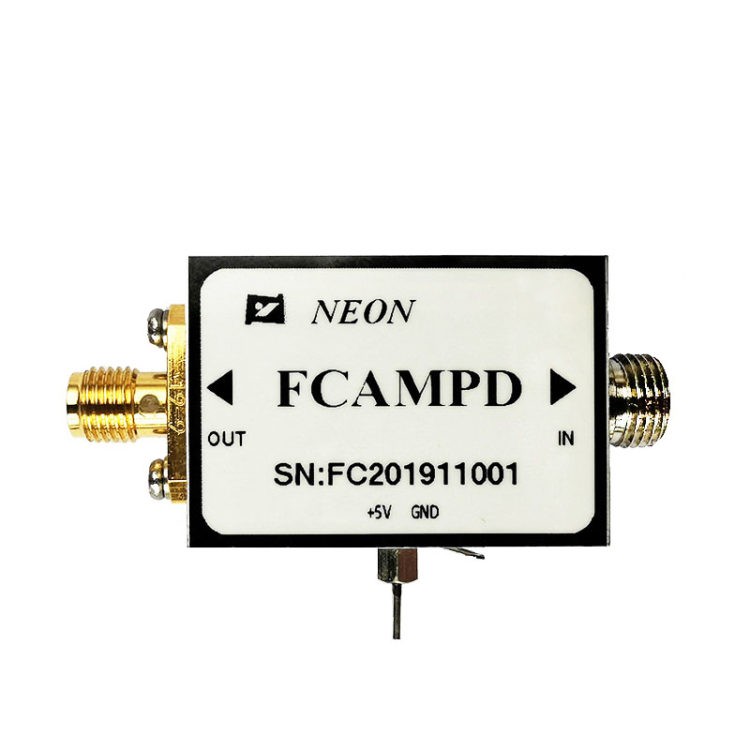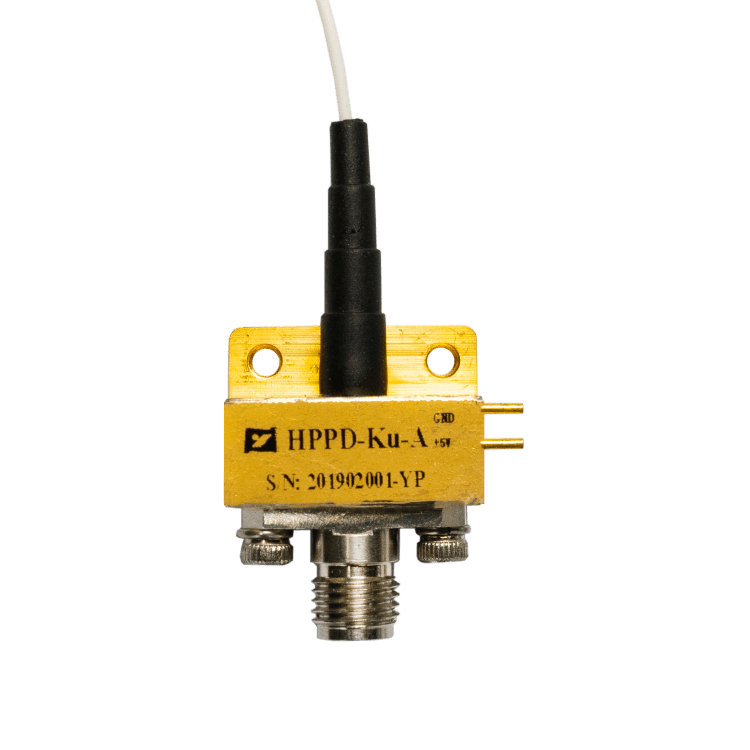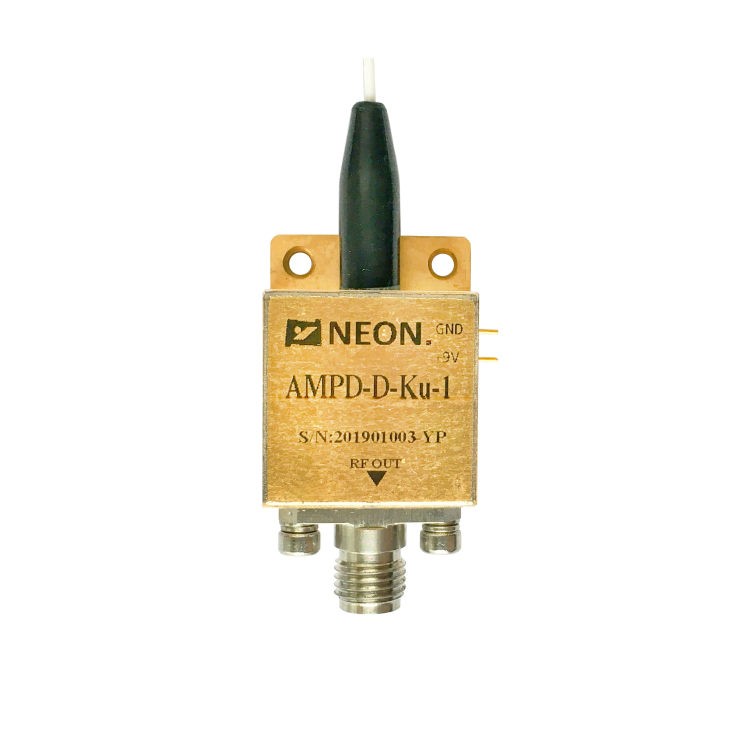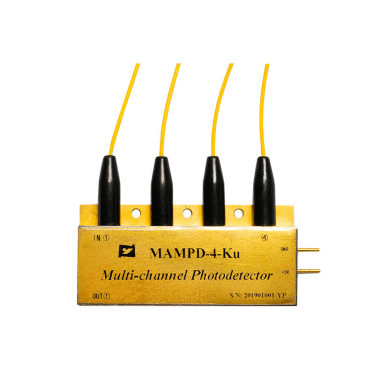Balanced Photodetectors in Optical Systems: Principle, Features, and Uses
Balanced photodetectors are critical components in modern optical systems, offering high sensitivity and precision in detecting light signals. These devices are widely used in applications ranging from optical communication to quantum optics and precision measurement. By leveraging differential detection techniques, balanced photodetectors can effectively suppress common-mode noise, making them indispensable in scenarios where weak optical signals must be extracted from noisy environments. This article explores the working principles, key features, applications, and practical considerations for selecting and using balanced photodetectors.
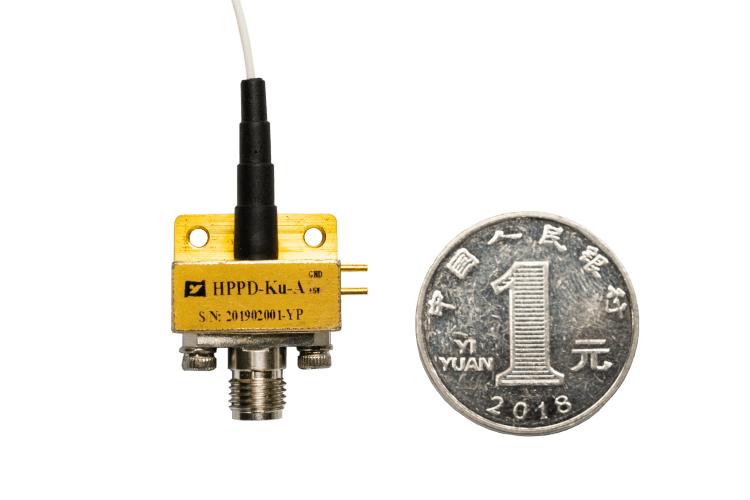
What is the Working Principle of Balanced Photodetector?
At the heart of a balanced photodetector lies a pair of photodiodes and a differential amplifier. The device operates by splitting an incoming light signal into two paths, which are then directed to the two photodiodes. When the light intensities on both photodiodes are equal, the differential amplifier outputs a null signal. However, if there is an imbalance in the light intensities, the amplifier produces an output signal proportional to the difference between the two inputs.
The key advantage of this design is its ability to reject common-mode noise. Common-mode noise refers to unwanted signals or interference that affect both photodiodes equally, such as fluctuations in the light source or environmental disturbances. By subtracting the signals from the two photodiodes, the balanced photodetector cancels out this noise, leaving only the desired differential signal. This process significantly enhances the signal-to-noise ratio (SNR), making the device highly sensitive to small variations in light intensity.
Key Features of Balanced Photodetectors
Balanced photodetectors are renowned for their unique characteristics, which make them indispensable in a variety of advanced optical applications. These features stem from their innovative design and differential detection mechanism, enabling them to outperform conventional photodetectors in terms of sensitivity, noise performance, and operational flexibility. Below, we delve into the key features that define balanced photodetectors and their significance in practical applications.
1. High Sensitivity
One of the most notable features of balanced photodetectors is their exceptional sensitivity. This is achieved through their differential detection mechanism, which allows them to detect extremely weak optical signals that would otherwise be buried in noise. By splitting the incoming light into two paths and comparing the signals from two photodiodes, balanced photodetectors can effectively cancel out common-mode noise while amplifying the differential signal. This makes them ideal for applications where the detection of faint light signals is critical.
For instance, in quantum optics, experiments often involve measuring single photons or entangled photon pairs, which produce extremely weak signals. Balanced photodetectors can reliably detect these signals, enabling advancements in quantum key distribution (QKD) and quantum computing. Similarly, in astronomical observations, where light from distant stars or galaxies is incredibly faint, balanced photodetectors can enhance the ability to capture and analyze these signals.
2. Wide Bandwidth
Balanced photodetectors are designed to operate over a wide range of frequencies, making them suitable for high-speed applications. Their bandwidth, which can extend into the gigahertz (GHz) range, allows them to process rapidly varying optical signals with high fidelity. This feature is particularly valuable in fields such as high-speed optical communication and ultrafast spectroscopy.
In optical communication systems, data is transmitted at extremely high rates using modulated light signals. Balanced photodetectors can accurately demodulate these signals, even at multi-gigabit-per-second speeds, ensuring reliable data transmission. In ultrafast spectroscopy, where light pulses on the order of femtoseconds or picoseconds are used to study dynamic processes, the wide bandwidth of balanced photodetectors enables precise measurement of these ultrafast events.
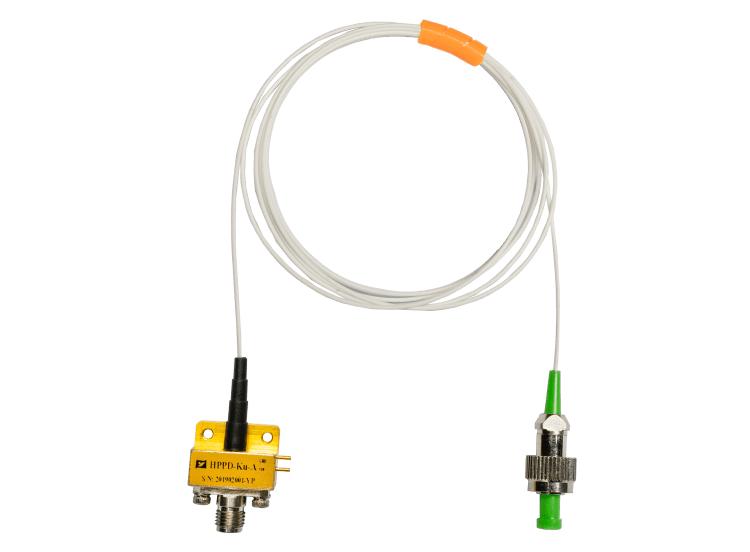
3. Low Noise
Noise is a critical factor in any detection system, as it limits the ability to resolve weak signals. Balanced photodetectors are specifically engineered to minimize internal noise, which is essential for achieving high precision in measurements. The differential detection mechanism inherently suppresses common-mode noise, such as fluctuations in the light source or environmental interference. Additionally, advanced designs incorporate low-noise amplifiers and high-quality photodiode materials to further reduce noise levels.
The low noise performance of balanced photodetectors is particularly important in applications like gravitational wave detection, where the signals are incredibly weak and easily overwhelmed by noise. By minimizing internal noise, these detectors enable the observation of subtle changes in light intensity or phase, which are critical for detecting gravitational waves. Similarly, in coherent optical systems, low noise is essential for accurately demodulating phase-modulated signals.
4. Linear Response
Balanced photodetectors exhibit a linear relationship between the input light intensity and the output electrical signal over a wide dynamic range. This linearity ensures that the detector’s response is predictable and consistent, which is crucial for accurate measurements and signal processing. Unlike some conventional photodetectors, which may saturate or exhibit nonlinear behavior at high light intensities, balanced photodetectors maintain their linearity even under varying light conditions.
This feature is particularly valuable in applications such as optical power monitoring and interferometry, where precise measurement of light intensity is required. For example, in optical coherence tomography (OCT), a medical imaging technique, balanced photodetectors are used to measure the interference patterns of light reflected from biological tissues. The linear response of the detector ensures that the resulting images are accurate and free from distortion.
5. Common-Mode Noise Rejection
A defining feature of balanced photodetectors is their ability to reject common-mode noise. Common-mode noise refers to unwanted signals or disturbances that affect both photodiodes equally, such as fluctuations in the light source or environmental vibrations. By subtracting the signals from the two photodiodes, balanced photodetectors effectively cancel out this noise, leaving only the desired differential signal.
This capability is particularly advantageous in environments with high levels of noise or interference. For example, in industrial settings, where electromagnetic interference (EMI) or mechanical vibrations may be present, balanced photodetectors can still deliver reliable performance. Similarly, in free-space optical communication, where atmospheric turbulence can introduce noise, balanced photodetectors help maintain signal integrity.
6. Compact and Integrated Designs
Modern balanced photodetectors are often designed to be compact and integrated, making them easy to incorporate into complex optical systems. Advances in photonic integration have enabled the development of miniaturized balanced photodetectors that combine photodiodes, amplifiers, and other components into a single package. These integrated designs not only reduce the size and weight of the detector but also improve its performance by minimizing signal losses and noise.
Compact balanced photodetectors are particularly useful in portable or field-deployable systems, such as handheld spectrometers or mobile optical communication devices. Their small size and high performance make them ideal for applications where space and power consumption are limited.
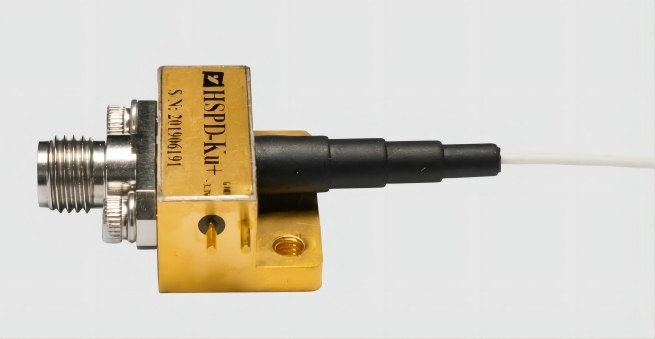
Applications of Balanced Photodetectors
Balanced photodetectors are employed in a variety of fields due to their unique capabilities. Some of the most prominent applications include:
- Optical Communication: In fiber-optic communication systems, balanced photodetectors are used to detect weak optical signals transmitted over long distances. Their ability to suppress noise ensures reliable data transmission, even in the presence of signal degradation.
- Quantum Optics: Quantum key distribution (QKD) and other quantum communication protocols rely on balanced photodetectors to detect single photons and entangled photon pairs. The high sensitivity and low noise of these devices are critical for the success of such experiments.
- Precision Measurement: Balanced photodetectors are integral to interferometers and spectrometers, where they are used to measure minute changes in light intensity or phase. These measurements are essential for applications like gravitational wave detection, optical coherence tomography, and laser spectroscopy.
- Coherent Detection: In coherent optical systems, balanced photodetectors are used to demodulate phase-modulated signals. This is particularly important in advanced modulation formats used in modern optical networks.
Tips for Balanced Photodetector Selection and Usage
Choosing the right balanced photodetector for a specific application requires careful consideration of several parameters:
- Wavelength Range: The detector must be compatible with the wavelength of the light source. Photodiodes are typically optimized for specific wavelength ranges, such as visible (400–700 nm), near-infrared (700–1700 nm), or telecom wavelengths (1310 nm, 1550 nm).
- Bandwidth: The bandwidth of the detector should match the frequency of the optical signal. For high-speed applications, such as optical communication, detectors with bandwidths in the gigahertz range are often required.
- Sensitivity: The sensitivity of the detector determines its ability to detect weak signals. In applications like quantum optics, ultra-high sensitivity is essential.
- Noise Equivalent Power (NEP): NEP is a measure of the minimum detectable optical power and is a key indicator of the detector’s performance. Lower NEP values indicate better sensitivity.
Practical Usage Tips:
- Optical Alignment: Proper alignment of the light paths is crucial to ensure that the light is evenly distributed between the two photodiodes. Misalignment can lead to inaccurate measurements and reduced performance.
- Temperature Control: Temperature fluctuations can affect the performance of the photodiodes and amplifiers. Using temperature-stabilized enclosures or active cooling systems can help maintain consistent performance.
- Power Supply Stability: A stable power supply is essential to minimize electrical noise. Using low-noise power supplies and proper grounding techniques can further enhance the detector’s performance.
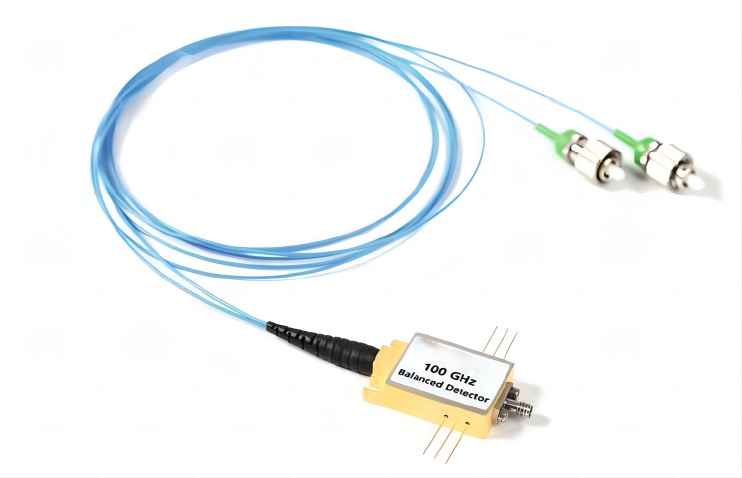
In Summary
Balanced photodetectors are powerful tools for detecting and measuring optical signals with high sensitivity and precision. Their ability to suppress common-mode noise makes them indispensable in applications ranging from optical communication to quantum optics and precision measurement. By carefully selecting the appropriate detector and following best practices for usage, researchers and engineers can unlock the full potential of these devices.
As optical technologies continue to advance, balanced photodetectors are likely to play an increasingly important role. Future developments may include improved materials for photodiodes, enhanced noise reduction techniques, and integration with other optical components to create more compact and efficient systems. With their unique capabilities, balanced photodetectors will remain at the forefront of optical innovation.
References
Smith, J. A., & Johnson, B. C. (2020). Advanced Optical Detectors: Principles and Applications. Springer.
Lee, H. W., & Kim, S. Y. (2019). “Noise Reduction Techniques in Balanced Photodetectors.” Journal of Optical Engineering, 58(3), 030901.
National Institute of Standards and Technology (NIST). (2021). Handbook of Photodetector Technology. NIST Publications.
Zhang, X., & Liu, Y. (2018). “Applications of Balanced Photodetectors in Quantum Communication.” Quantum Optics and Photonics, 12(4), 245-260.


